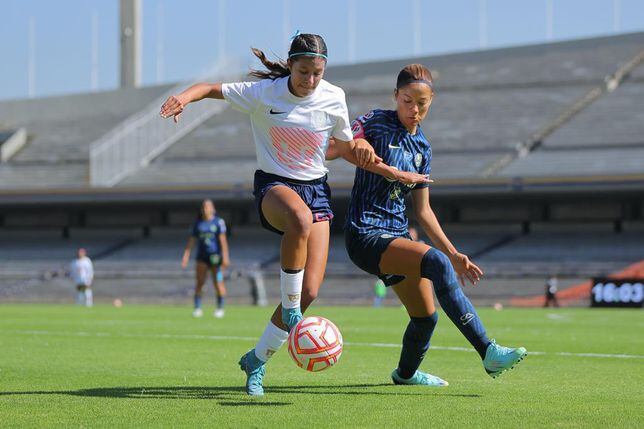

They indicate that the application of Fe 0.79Si 0.07B 0.14 metallic glass gaskets in XRD experiments for both axial and radial geometries substantially Results emphasize the material's importance for a great number of delicate experimentsĬonducted under extreme conditions.

Ne, H 2) used as pressure-transmitting media or in those with laser heating in a DAC. We report that Fe 0.79Si 0.07B 0.14 metallic glass gaskets offer a stable sample environment under compression exceedingġ Mbar in all XRD experiments described here, even in those involving small-molecule In either axial or radial geometry with X-ray beams of micrometre to sub-micrometre With conventional and toroidal-shape diamond anvils. In this work, we studied the performance of gaskets made of metallic glass Fe 0.79Si 0.07B 0.14 in a number of high-pressure X-ray diffraction (XRD) experiments in DACs equipped These data suggest that a similar microsymbiont infects the actinorhizal genera in the family Rosaceae.A gasket is an important constituent of a diamond anvil cell (DAC) assembly, responsibleįor the sample chamber stability at extreme conditions for X-ray diffraction studies. Nodules produced by inoculation of Cowania mexicana and Purshia tridentata with crushed, dried nodule suspensions from Dryas drummondii reduced acetylene to ethylene, indicating nitrogenase activity for these nodulated plants. Crushed nodule suspensions from Dryas drummondii nodulated rosaceous Cowania, Dryas and Purshia, as well as nonrosaceous Elaeagnus, Myrica, and Shepherdia species. betuloides inoculated with Frankia isolates. Globular, actinorhizae-like nodules incapable of acetylene reduction were produced on C.

But of eight Frankia isolates, including two from Purshia tridentata and one from Cowania mexicana, none were able to induce nodulation on Purshia or Cowania species. Neoglacial soils from Alaska and Canada nodulated not only the local Dryas drummondii, but also Cercocarpus betuloides, Cowania mexicana and Purshia tridentata from distant and ecologically diverse locales as well as nonrosaceous, actinorhizal species of Alnus, Elaeagnus, My rica, and Shepherdia. In a series of experiments, species of rosaceous Dryas, Cowania, Cercocarpus, Fallugia, and Purshia were inoculated with Frankia isolates, crushed Dryas actinorhizae, and neoglacial soils to ascertain whether any of these inocula would effectively induce nodulation. Furthermore, the few isolates available from actinorhizal Rosaceae have consistently failed to nodulate plants from the host genus. Patterns of nodulation, growth, and Frankia -host specificity have not been well characterized for the actinorhizal genera in the family Rosaceae because of the scarcity of Frankia isolates from these taxa.


 0 kommentar(er)
0 kommentar(er)
